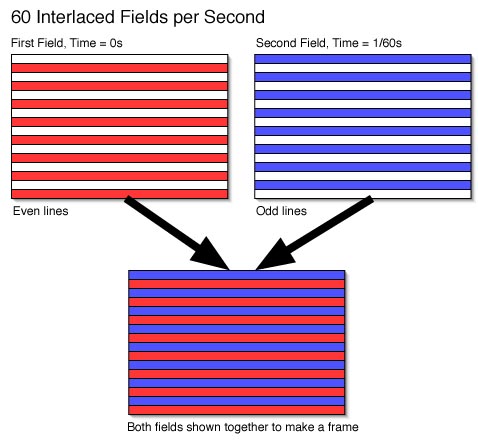Forcillo
Active member
What's the difference? I googled and looked at some photography forums about it, but couldn't get a straight answer to my question: Is 1080p footage in any way better than 1080i footage?
I heard the terms "progressive" and "interlaced" thrown in with the descriptions, but I am still really confused about what all of it means.
I heard the terms "progressive" and "interlaced" thrown in with the descriptions, but I am still really confused about what all of it means.
